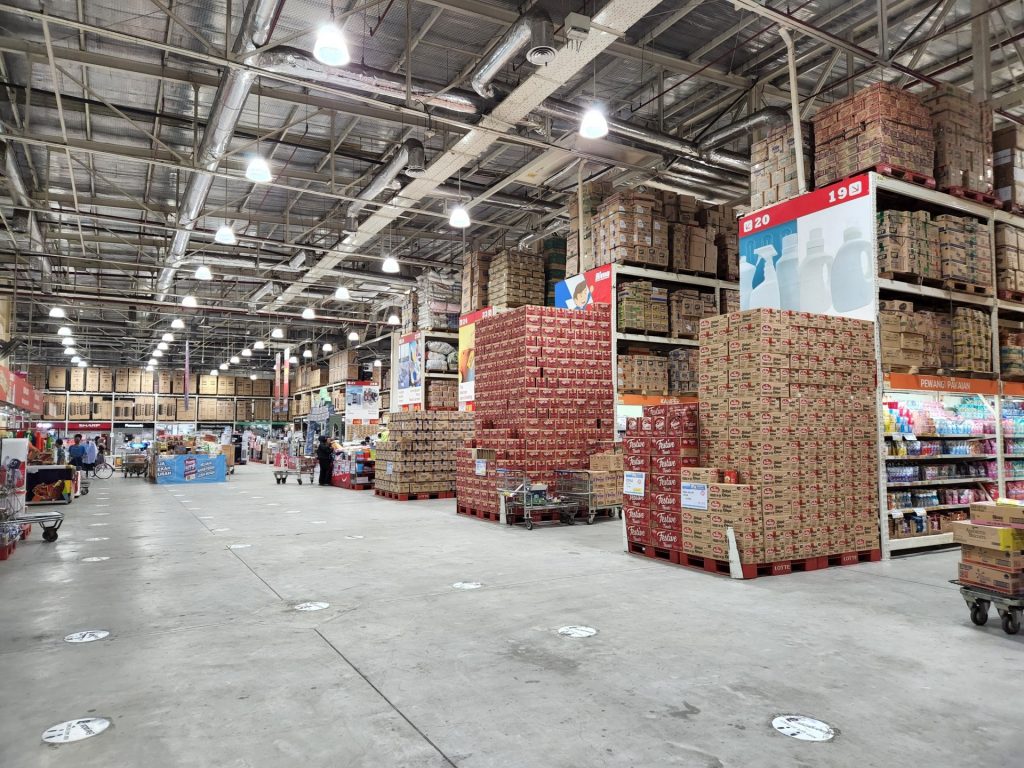
What Is an Import?
An import is a good or service bought in one country that was produced in another. Imports and exports are the components of international trade. If the value of a country’s imports exceeds the value of its exports, the country has a negative balance of trade, also known as a trade deficit.
The Basics of an Import
Countries are most likely to import goods or services that their domestic industries cannot produce as efficiently or cheaply as the exporting country. Countries may also import raw materials or commodities that are not available within their borders. For example, many countries import oil because they cannot produce it domestically or cannot produce enough to meet demand.
Free trade agreements and tariff schedules often dictate which goods and materials are less expensive to import. With globalization and the increasing prevalence of free-trade agreements between the United States, other countries and trading blocks, U.S. imports of goods and services increased from $580.14 billion in 1989 to $3.1 trillion as of 2019.1
Free-trade agreements and a reliance on imports from countries with cheaper labor often seem responsible for a large portion of the decline in manufacturing jobs in the importing nation. Free trade opens the ability to import goods and materials from cheaper production zones and reduces reliance on domestic goods. The impact on manufacturing jobs was evident between 2000 and 2007, and it was further exacerbated by the Great Recession and the slow recovery afterward.2


